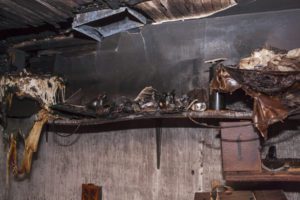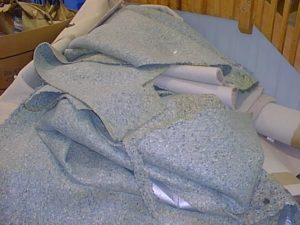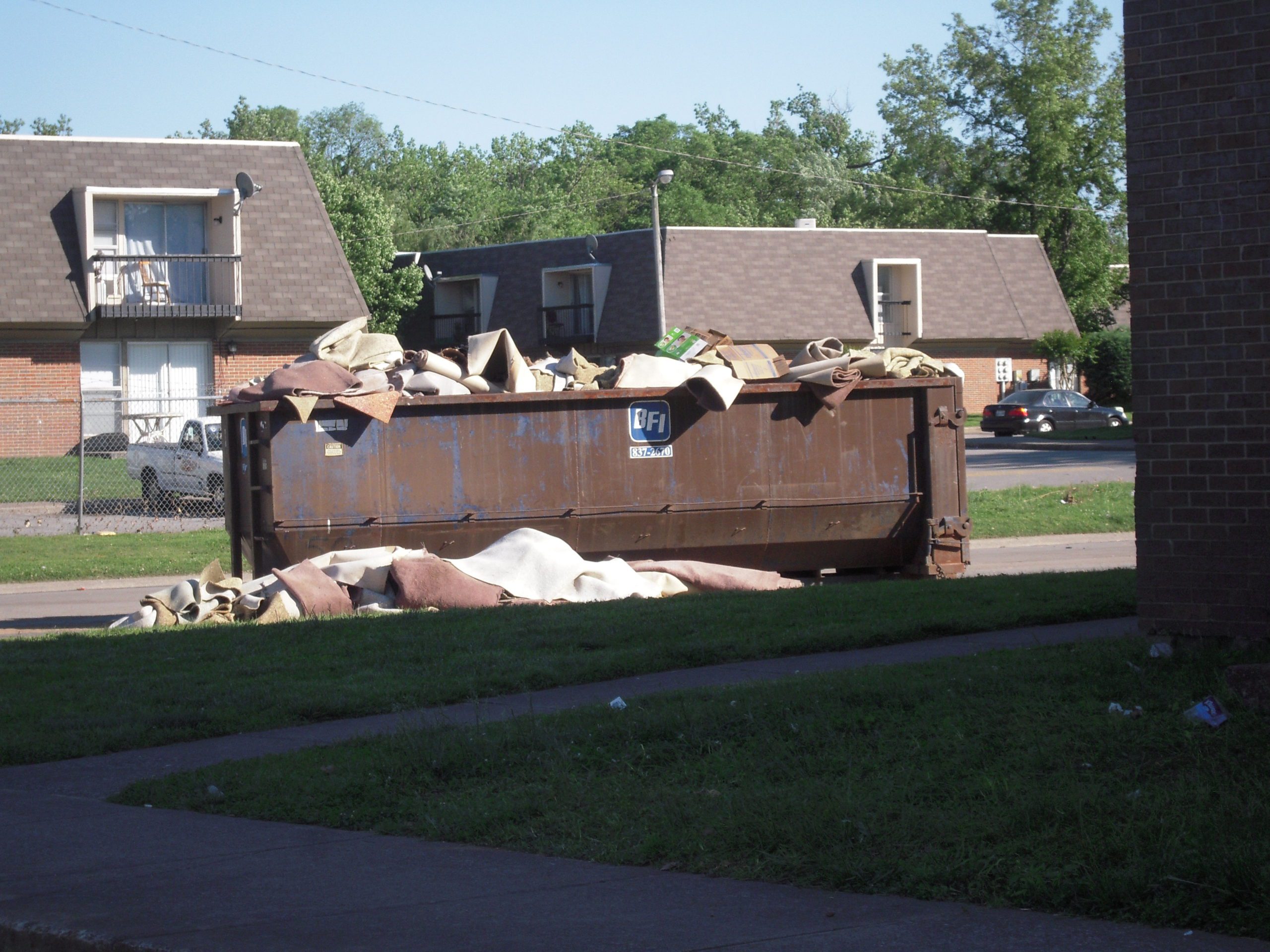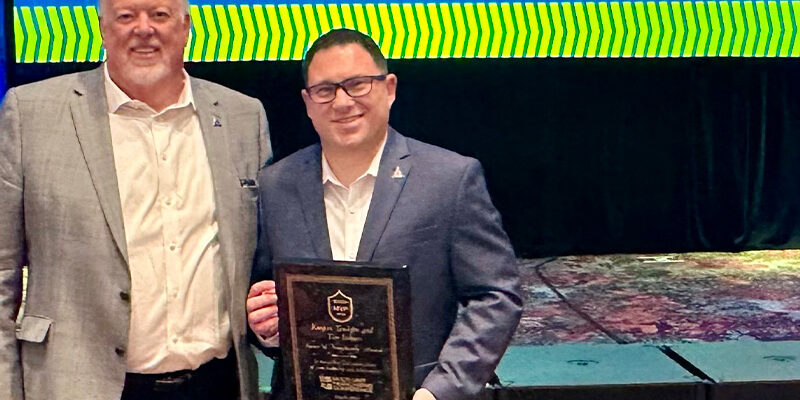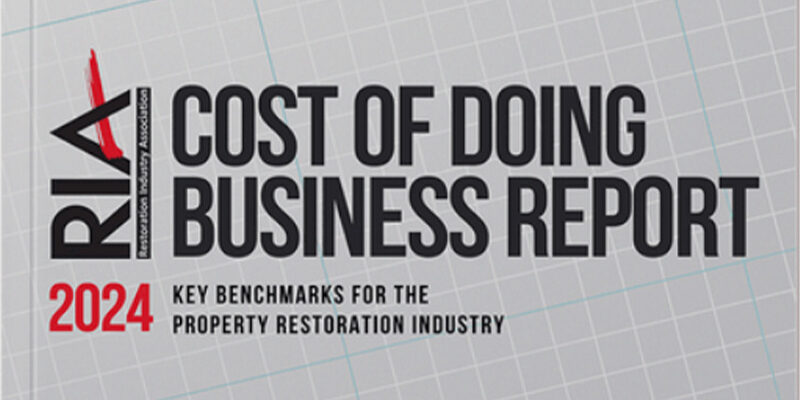Waste!
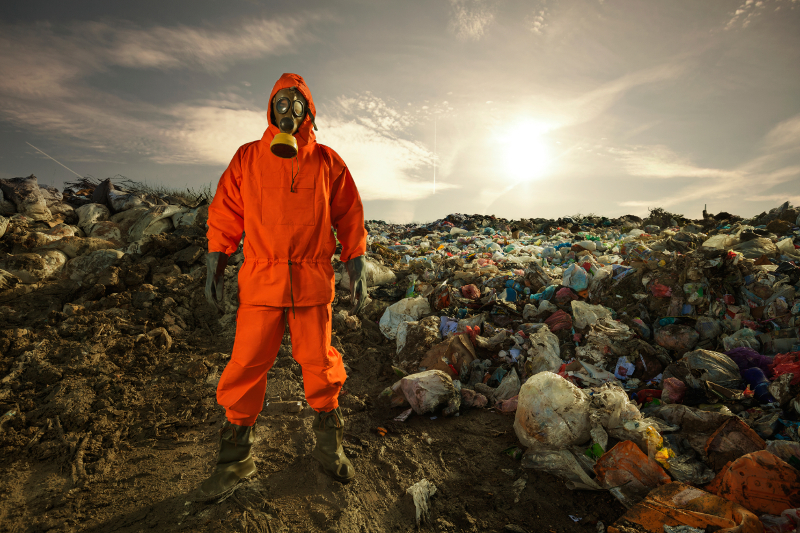
Cleanfax has produced numerous articles about performing cleanup work for water damage, fire and smoke, mold, sewage, trauma scene and decontamination, but what do you do with the waste you create in the process of cleaning up?
When speaking of waste, we can also use terms such as debris, trash, rubbish, wreckage, rubble, remains, garbage, etc. Most of this is “stuff” we have removed from a work site because it either was contaminated and could not be cleaned and decontaminated (i.e., sewage contamination stretched into carpet); was damaged and not repairable (i.e., mold-affected cabinets); or the property owner asked to have it removed (i.e., water damaged furniture made of particle board).
Some examples regarding this with which you may have been involved include:
- You accept work on a water damage situation in which the ceiling tiles have been affected and are falling down. You decide to remove them due to safety concerns and the inability to restore the material effectively. What do you do with the waste?
- You remediate a sewer backflow and decide to remove and discard the affected carpet, the cushion, the baseboard, a few inches of affected dry wall and some fiberglass batt insulation. What do you do with the waste?
- You clean a significant fire job with a lot of burned material to remove and discard. What do you do with the waste?
- You perform a mold remediation job in a kitchen, and you tear out the affected cabinets, the vinyl floor covering and the drywall behind the cabinets. What do you do with the waste?
- You are called into a trauma scene, a suicide in which the living room has been affected, and you have a blood-soaked recliner. You do the cleaning and decontamination work correctly. What do you do with the waste?
The above are real-world examples. Once you have performed demolition, cleanup, remediation or decontamination work, you own the waste. But many restorers lack understanding of best practices for disposal of this waste.
Normal waste
In handling waste, let’s first look at the easiest type of waste to dispose of, common building materials that must be torn out or demolished. This could be: Cabinets, carpet, pad, drywall, plaster, molding, etc. — in general, building materials removed from a structure.
In most locations this is classified as normal waste, and it can be disposed of at a land fill, dump or solid waste disposal site. Note this does not include waste from a trauma scene cleanup (but more about that later).
Waste and debris from a sewer backflow is normally considered regular waste. Why it is considered regular waste when it is contaminated with excrement? This is a good question. The answer has to do with a very common practice of regular household waste disposal.
If you’ve raised children, you know before they are toilet trained they wear diapers. Where do the “dirty” disposable diapers go? Into the regular garbage.
Now some simple math: There are about four million babies born in America every year. Assuming it takes two years to toilet train them, that is eight million babies using diapers every day. Assuming five diaper incidents per day, that’s 40 million dirty diapers being disposed of per day. That is a lot of waste going into the landfill.
So the concern that we might have about disposing of some sewage-contaminated carpet, pad, drywall, etc. is virtually nothing compared to the “normal” baby diaper load being disposed of everyday.
What about waste from a fire/smoke job? This is really just charred or burned structural material or household material (i.e., sofas). As such, it can be disposed of in the normal landfill.
In a mold remediation, we may remove contaminated cabinets, carpet, cushion and drywall, all of which are contaminated with active mold growth, which potentially is hazardous. But, really, what decays all the waste that goes into the land fill? Mold and bacteria.
Mold and bacteria are Mother Nature’s natural decay mechanisms. Both mold and bacteria are ever present outdoors, and landfills are outdoors and full of mold and bacteria just waiting for our waste — their dinner. There may be some jurisdictions (especially in California) which have special requirements concerning handling of mold contaminated waste (a sealed dumpster); however, the waste is just regular waste and is disposed of in the landfill.
Regulated waste
When we turn to trauma scene waste, we move out of what is usually known as regular waste and into what is now defined as bio-medical waste. Waste from a trauma scene is classified (in most states and Canadian provinces) the same way as waste from hospitals (such as for a removed appendix, tonsils, etc.). And most areas regulate the method for handling (packaging) and disposing of this waste, which means this type of waste does not go into the landfill as regular waste — unless allowed by your jurisdiction.
For trauma waste handling and disposal, the state/ provincial regulations must be understood, as they vary widely from jurisdiction to jurisdiction. There are companies in most states and provinces that pick up and dispose of medical waste and can be contracted to do so for bio-medical waste.
There can be numerous regulatory agency’s (federal government, states, counties, cities, etc.) involved in waste handling and disposal. For example, there is a beachside city in the greater Los Angeles area which mandates that, if you wash your car at home, you must capture the waste water (the water used to rinse the detergent off your car). You cannot let this water go into the storm sewer. While many of us may find this regulation (for which you can be fined if you ignore and break the law) extreme, it is an example of regulations that exist and must be adhered to.
The point I am trying to make is that, depending upon where work is performed, there can be significant regulations concerning waste handling and disposal.
When it comes to asbestos, any work pertaining to the handling and disposal of this regulated waste should be handled only by a licensed asbestos abatement specialist. Consequences for ignoring this regulation can be severe.
The information in this article is a brief review of waste handling and disposal. In general, most of the waste and debris we generate in our normal work requires no special handling or disposal. That being said, it is up to you to be sure you know the local requirements — before disposing of waste.
Richard Driscoll has a B.S. in mechanical engineering from Clarkson College of Technology, an MBA from the University of Dayton and is currently working on his doctorate. He is a professor at Webster University where he provides graduate and undergraduate level lectures. He is an IICRC Certified Master Restorer, Master Textile Cleaner and an approved instructor. Driscoll has been consulted by state governments on legislation related to the cleaning and restoration industry. He also is the author and instructor for Restoration Sciences Academy’s MR-110 and MR-210 microbial remediation classes and MR-211 trauma scene clean up class. He can be reached at [email protected].

